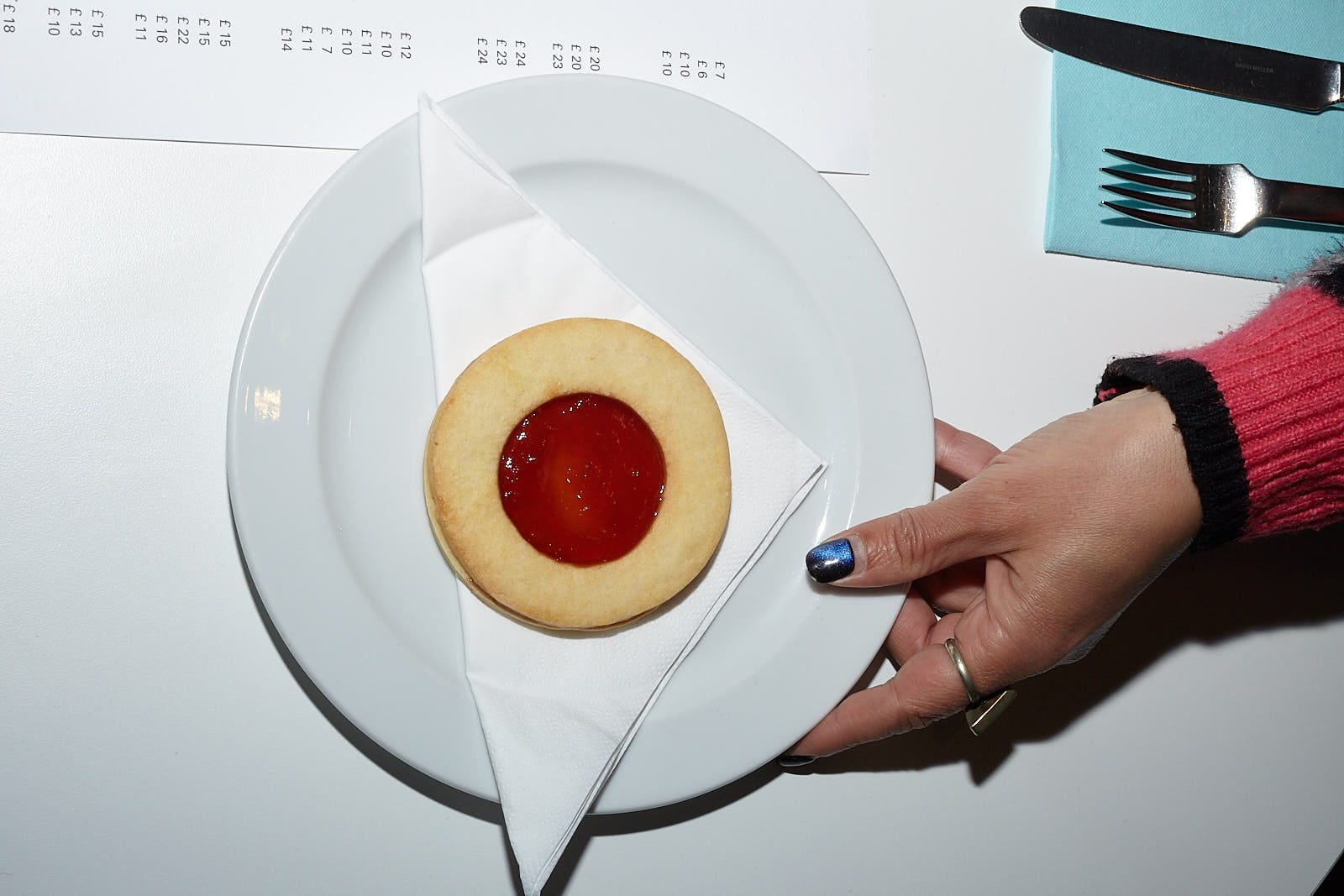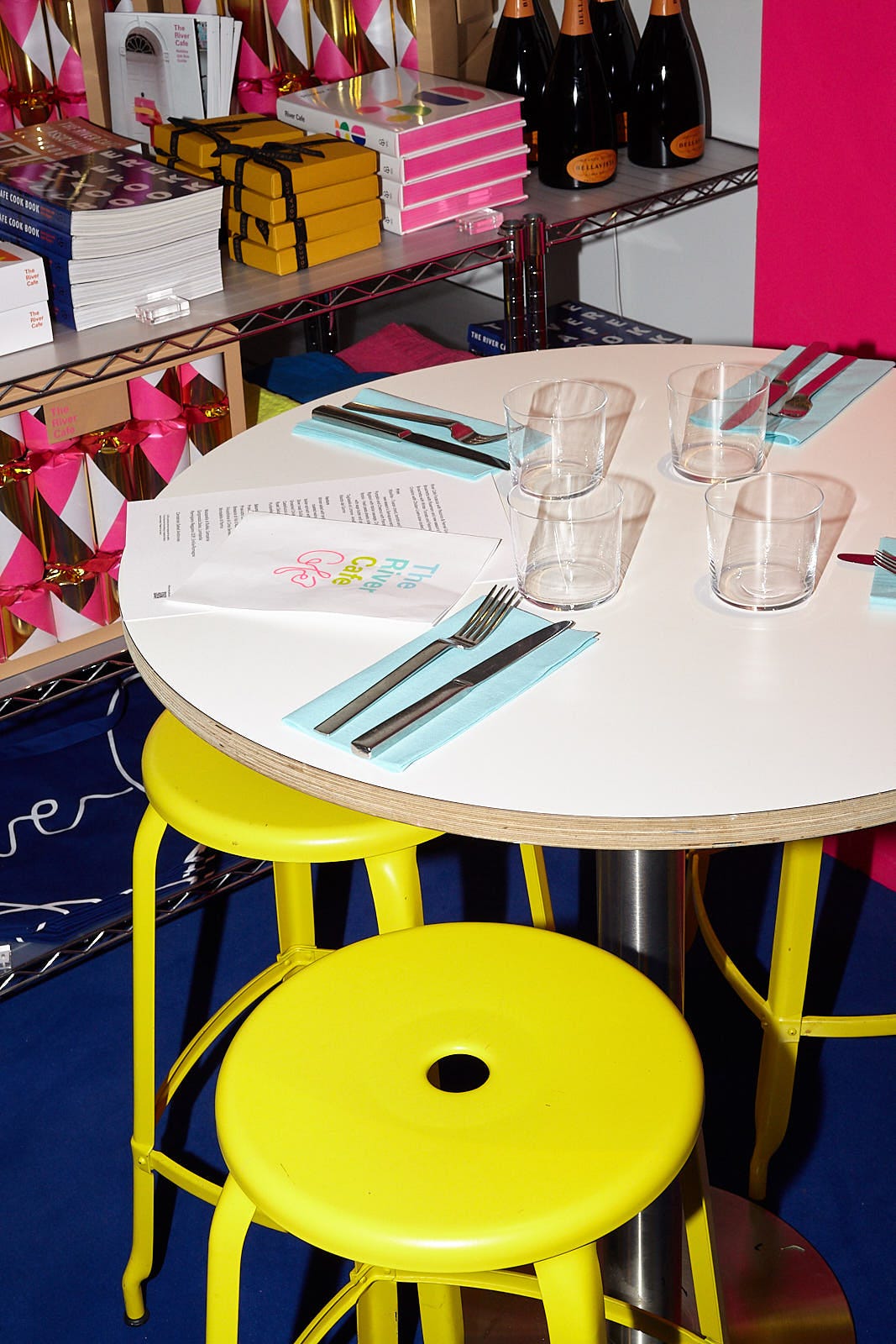Vittles Reviews: What Does the River Café Café Bring to the Table?
Biscuits, soup, things on toast. But what about ideas? by Hester van Hensbergen. Photographed by Michaël Protin.
Welcome back to Vittles Restaurants. Today’s piece forms the third and final part in a trilogy on the peasant culinary traditions practised by influential London restaurants. It began with Jonathan Nunn’s review of The Yellow Bittern, and was followed up with Lewis Bassett’s evaluation of three decades of St. John and the extent to which Fergus Henderson is an inventor and/or clever middle class European romantic. Today’s piece is by Hester van Hensbergen, who recently asked “What’s the real point of Spanish food in London” in her review of Tollington’s.
Look out for the final Vittles Quarterly podcast of the year over the Christmas break when Adam Coghlan will discuss all of those restaurants and this history of peasant cooking in London with Jonathan and Hester.
Vittles Reviews is a column dedicated to critical reviews of London restaurants, normally written by Jonathan Nunn, who is away this week. You can read all the previous reviews here.
What Does the River Café Café Bring to the Table?
Cake, soup, things on toast. But what about ideas? by Hester van Hensbergen
Does the River Café Café really exist? That was my first question. It was strange that there were no signs of it on Google Maps, so I emailed the office for the day’s menu. I got a swift and friendly response from a PA, which seemed promising. But when I opened the attached list, the first plate of pasta was priced at £215 (tagliarini with ten grams of white truffle). Impossible. I wrote back, explaining that I had been asking for the menu of the Café Café, the new, comparatively affordable sibling to the River Café, and then sat at my desk for a few hours watching my inbox – nothing arrived.
Pending confirmation of its existence, it’s worth saying first off that to describe the Café Café as the first new opening by the River Café in several decades is only accurate in a technical sense. This may be the first legitimate child, but the restaurant has already spawned many others, its alumni having opened Moro, Trullo, Canteen, Café Deco and Café Cecilia, for instance. The grown-up, self-actualised children of the River Café have built some of the best restaurants in the city. But there are always going to be spoilt offspring, too. The quickest way to tell these ones is to jump to the desserts, where chefs are often at their laziest or clumsily derivative: there will be a thinly disguised Chocolate Nemesis, a frangipane tart studded with the season’s fruit, and an ice cream. I had a suspicion that what the new River Café Café might be was a kind of winking rejoinder to the less imaginative copycats – the airy, light-filled cafés and canteens serving ravioli, risotto and chocolate cake, a yawn of boredom at these efforts. Not a very honourable pursuit but a statement of intent nonetheless – like inviting Tony Blair onto the River Café podcast. It might be saying: if you’re thinking of opening another Little River Café, don’t bother. We’ll do it better, as we always have.
My first try wasn’t a success. When I turned up alone on a Friday afternoon looking for the all-day café, I found myself entering a space that wasn’t discernibly a café at all. It had a high-ceilinged foyer, randomly cut in half by a curtain, with a reception desk on one side and a bar with a few tables and sloping plastic chairs on the other. There was a Damien Hirst on the far wall so perhaps, once you push back the curtain, you could host corporate drinks parties here while shimmering in the celestial glow of the River Café’s windows across the way. For now, though, it seemed to be being used as an unofficial staff common room: there were a couple of teenagers in bright shirts chatting to each other at the bar. I approached the nearest one and asked if the café was open. ‘Yes, sit wherever you like.’
The menu (some pastas, some things on bread, seven salads) was a reminder of how un-intimidating River Café’s food has always been. It’s always possible to chart a course through the meal that starts with a plain pasta and ends with a bowl of ice cream, or which is largely constructed of salad and fish. The approachability of the original restaurant’s menu is essential. It has made it possible to build the business around an affluent customer base, who may or may not actually like food very much. I ordered a cappuccino and a slice of raspberry crostata. It was almost savoury, mouth-pinchingly tart and robust. It would have been very good as breakfast, which is when it’s supposed to be ordered. I ate slowly, and apparently invisibly. The coloured shirts were coming and going, scooting across the blue Lego-like floor, striking a rainbow blur up and down the hot pink spiral staircase. ‘Ruthie wants to change the menu,’ one of them bellowed up the stairs to a colleague standing on the balcony above. ‘The two soups,’ she said, gesturing a finger upwards and silently mouthing the word up, ‘to twenty.’ I looked down at the menu, reading ‘ribollita soup’, ‘pumpkin and chestnut soup’, with each currently priced at £18 (ribollita is £25 at the River Café). The waitress paused, trying to remember, ‘Oh, and take out the word soup.’




